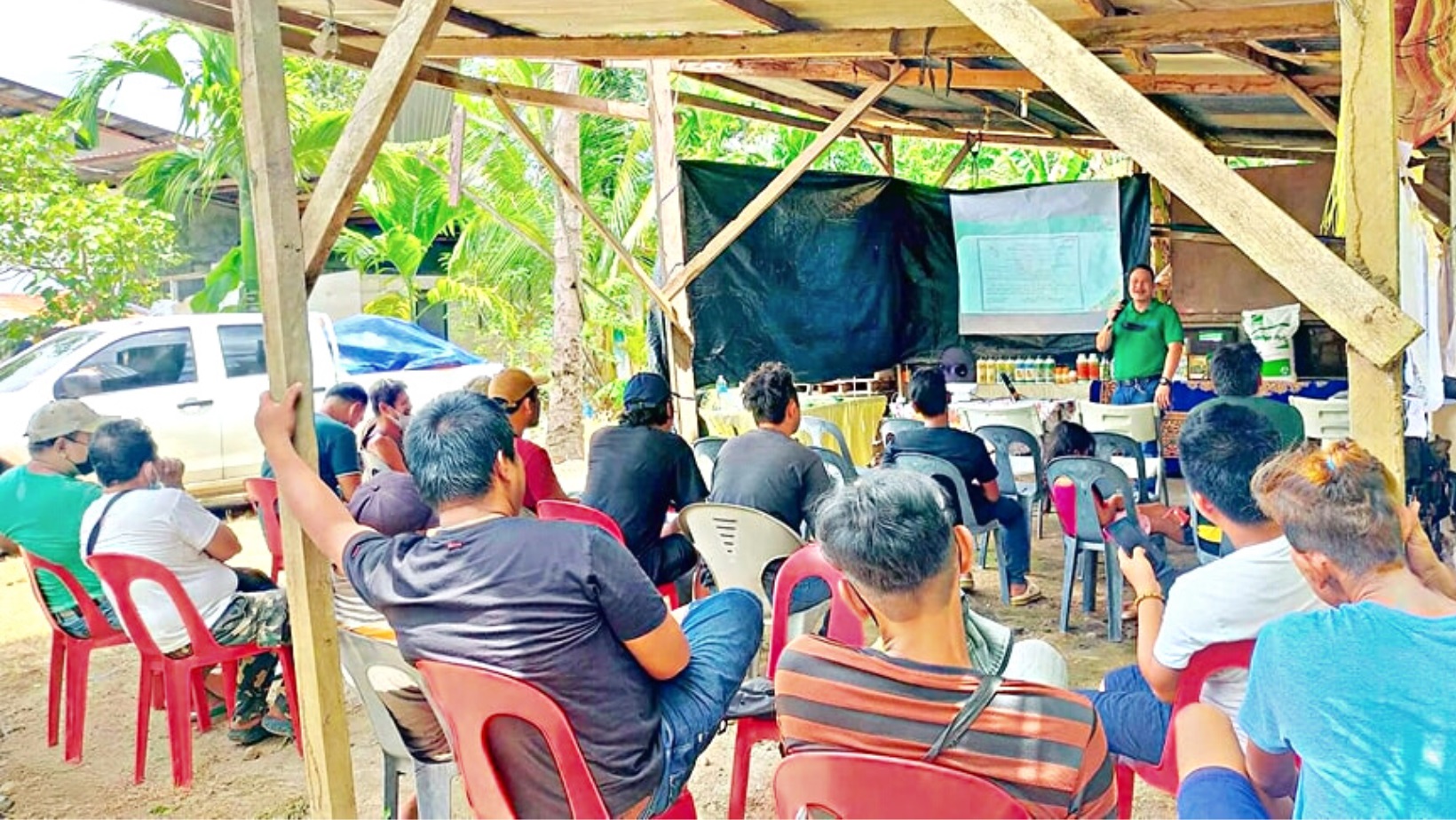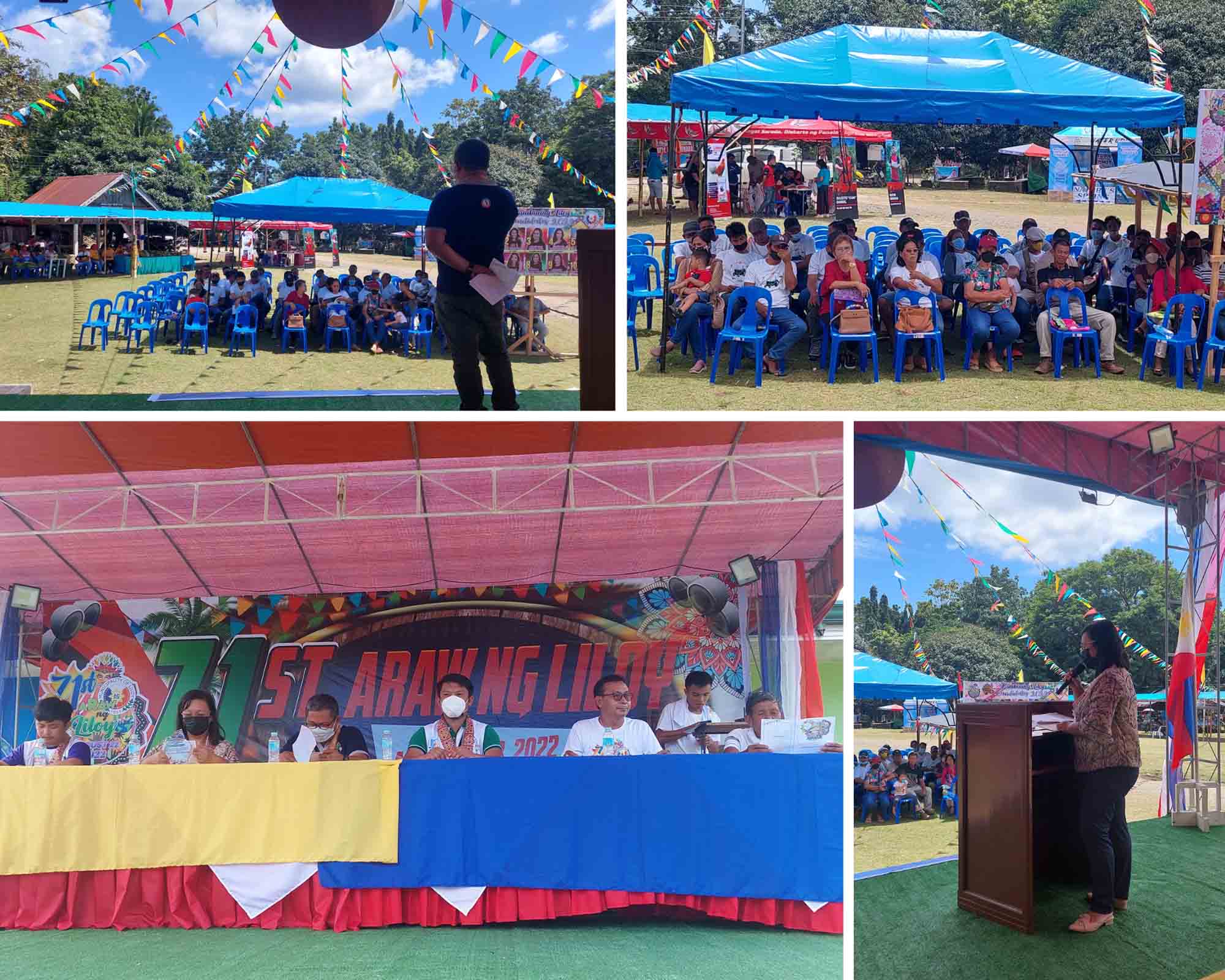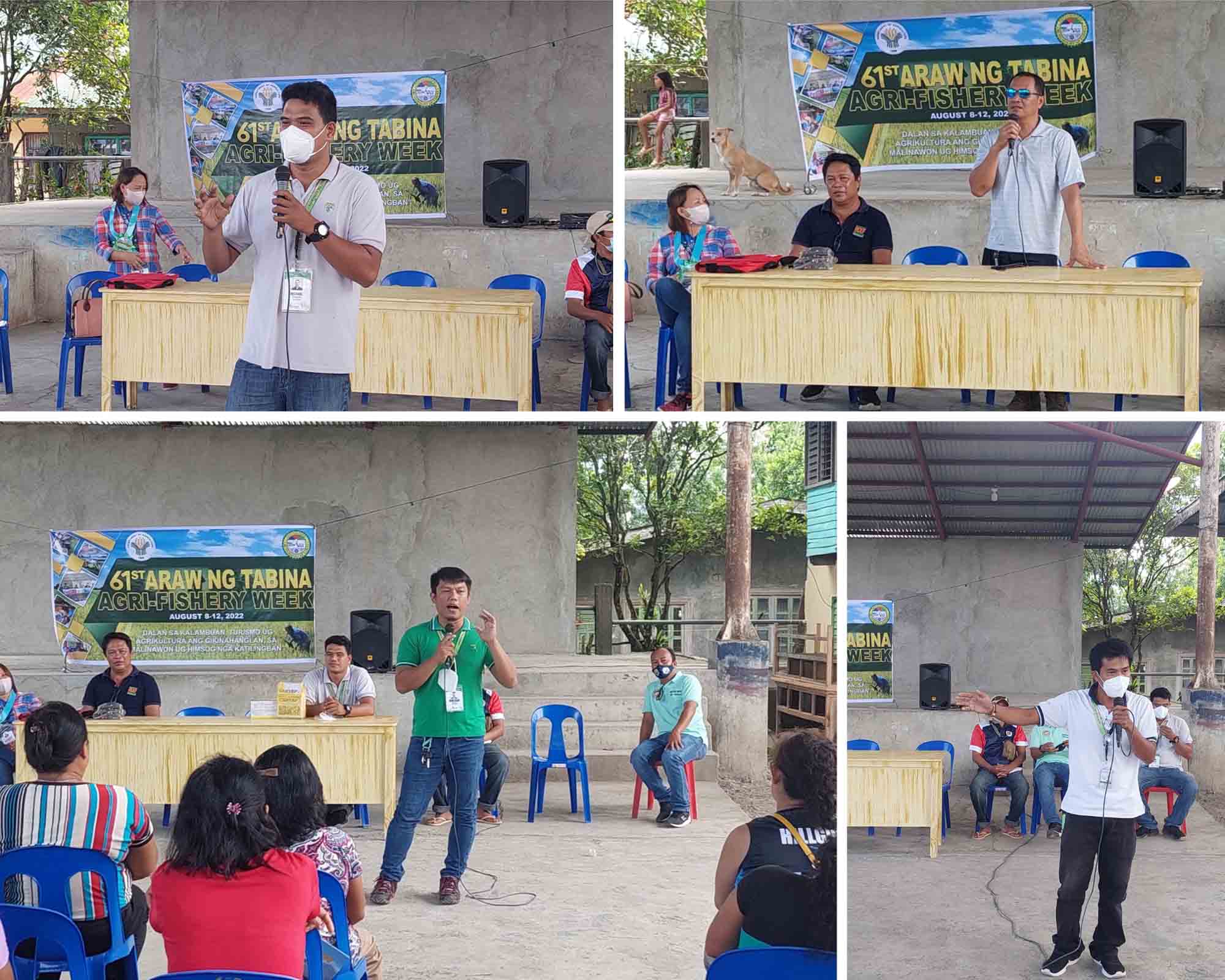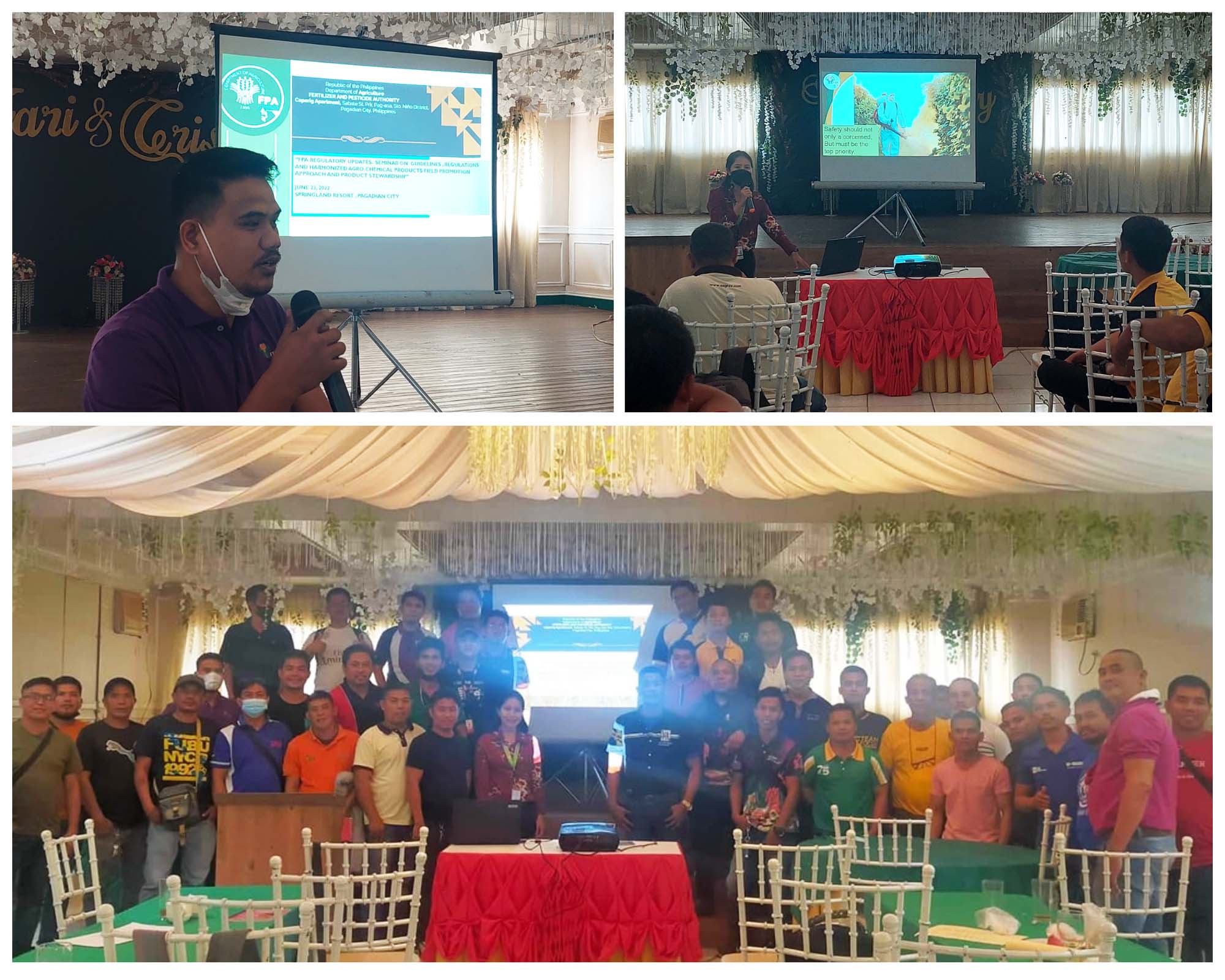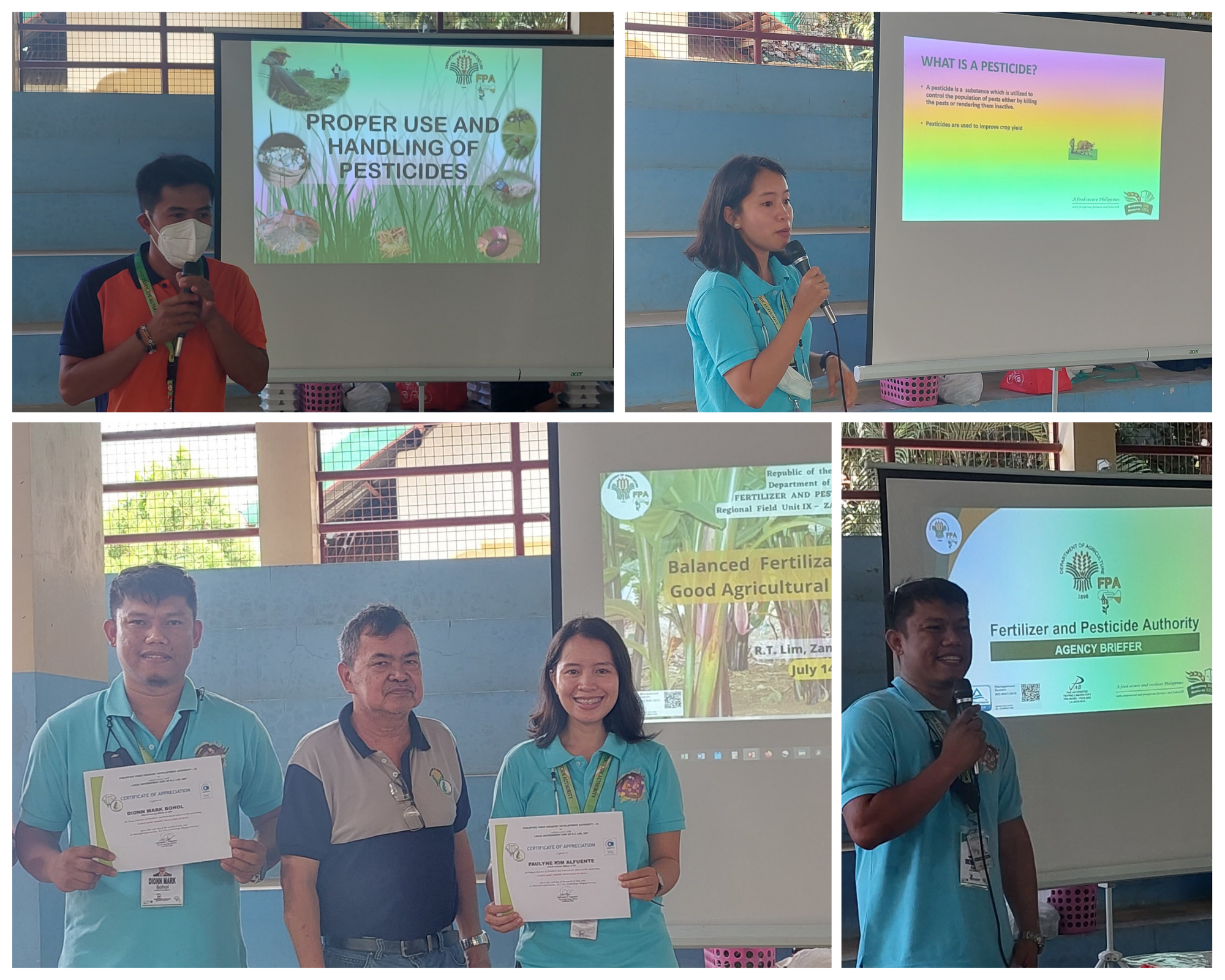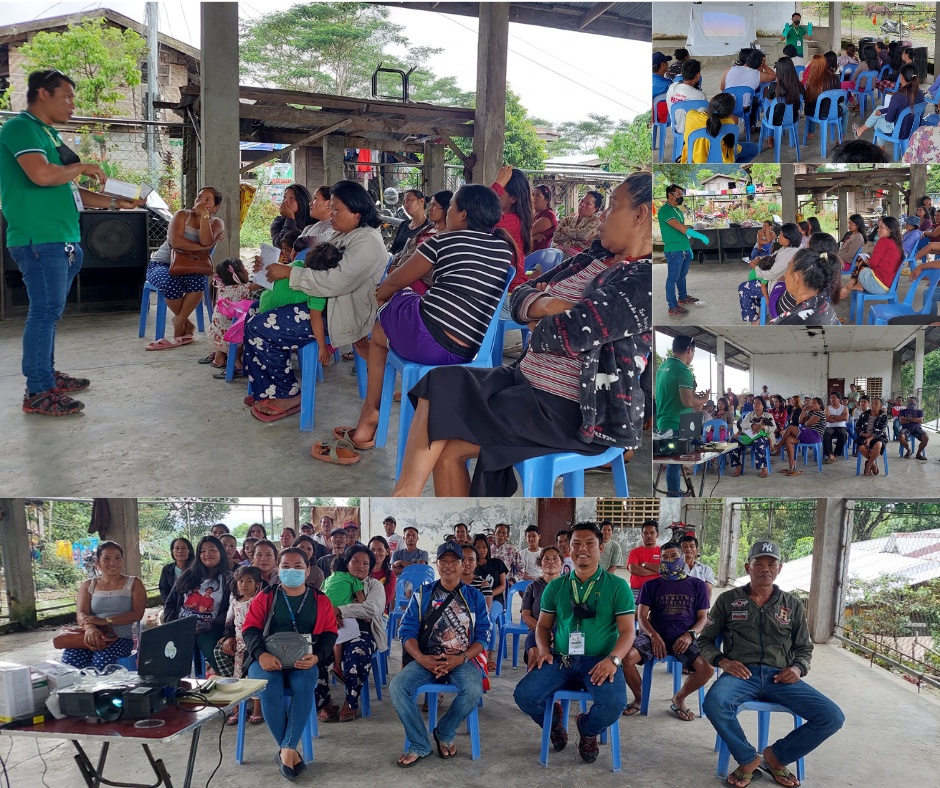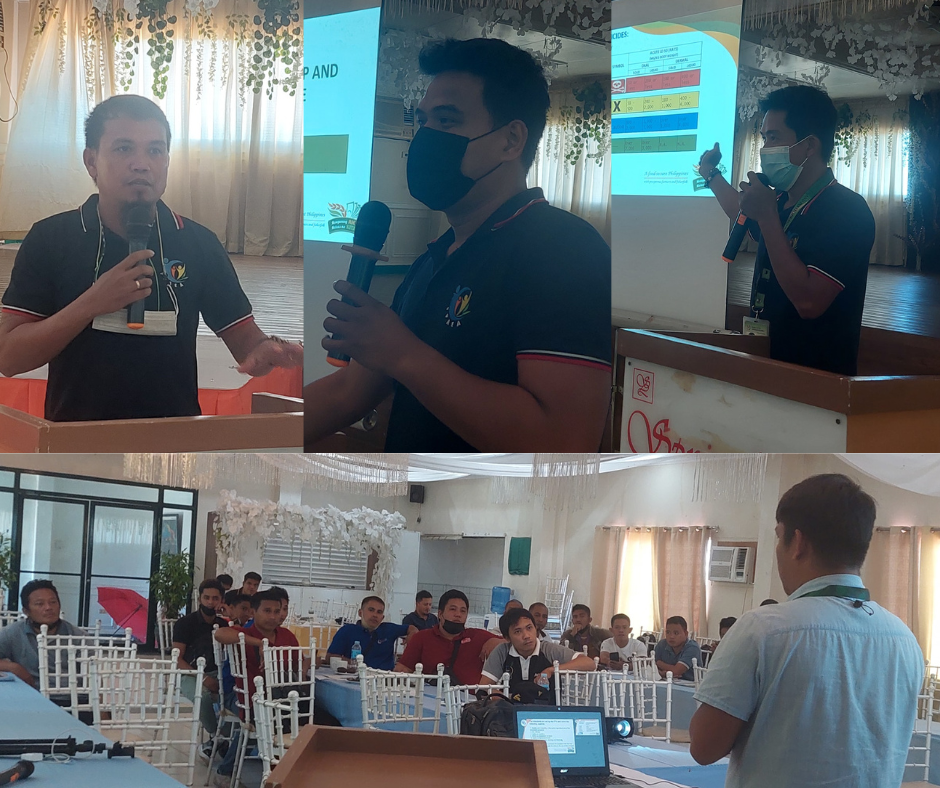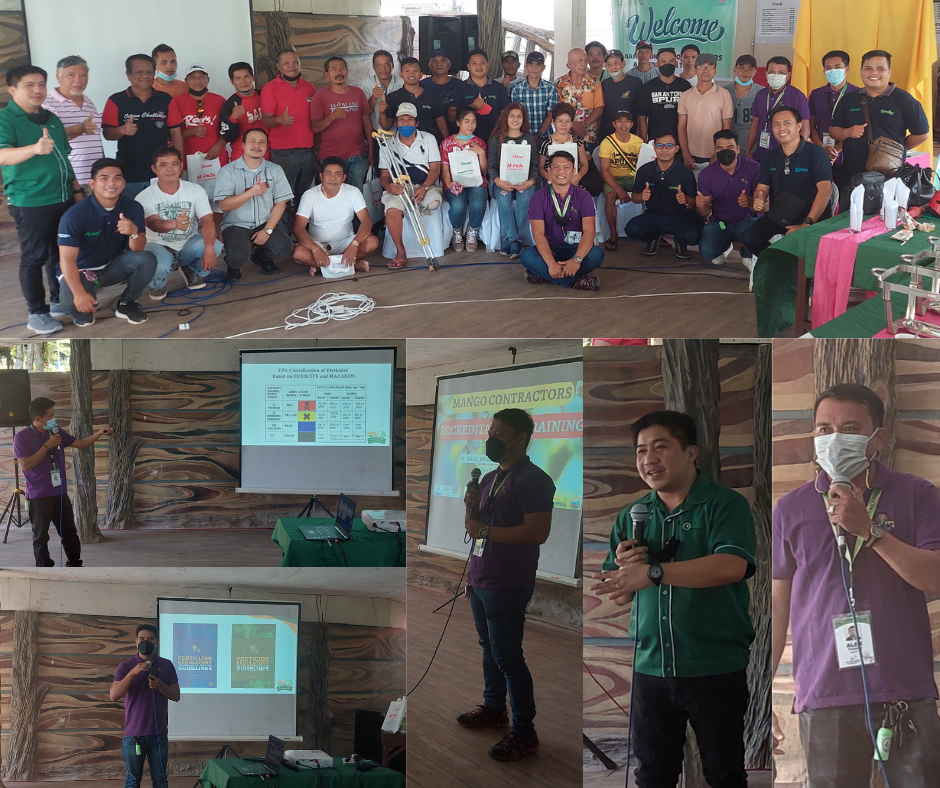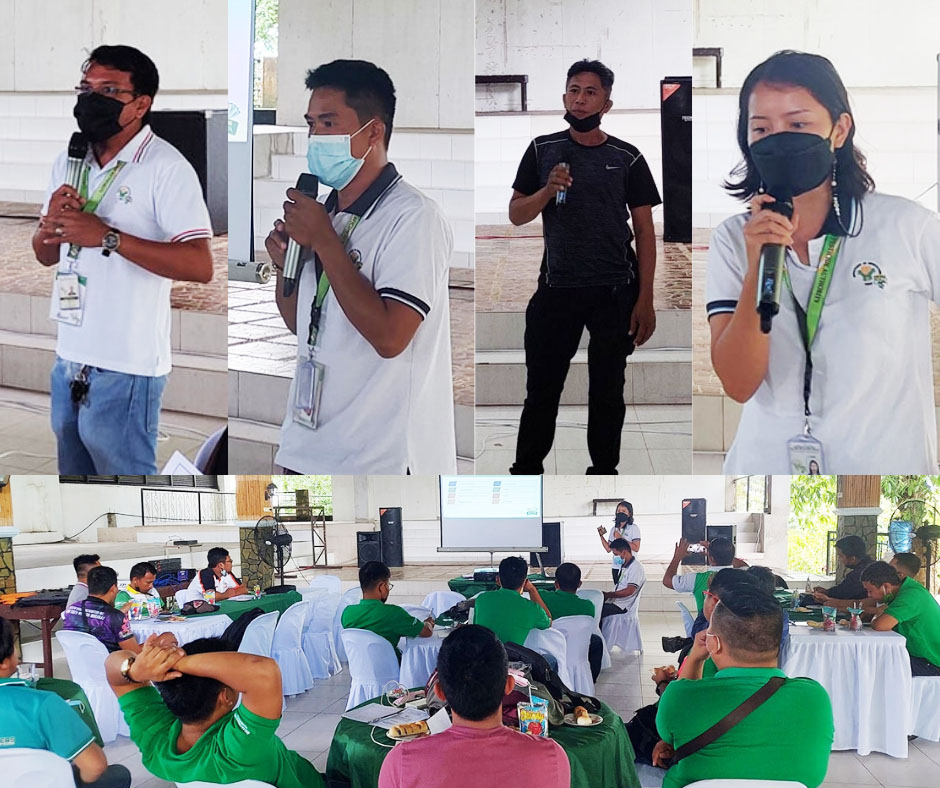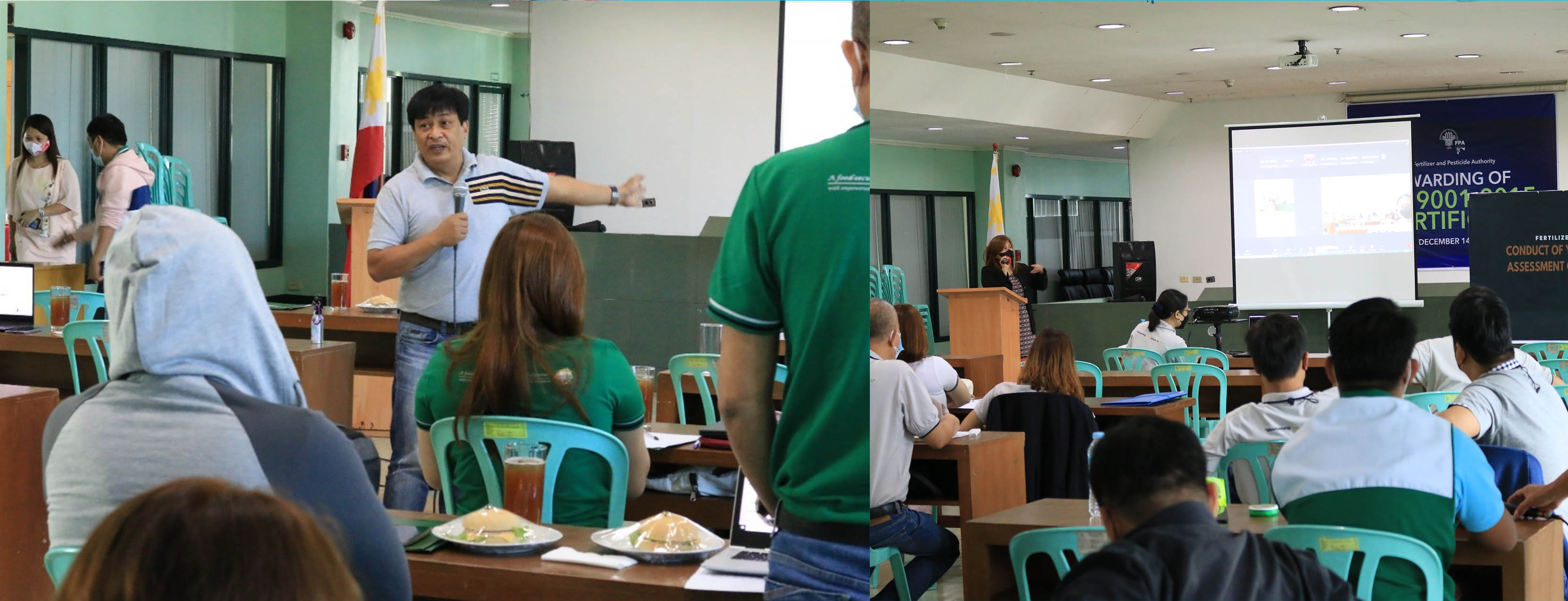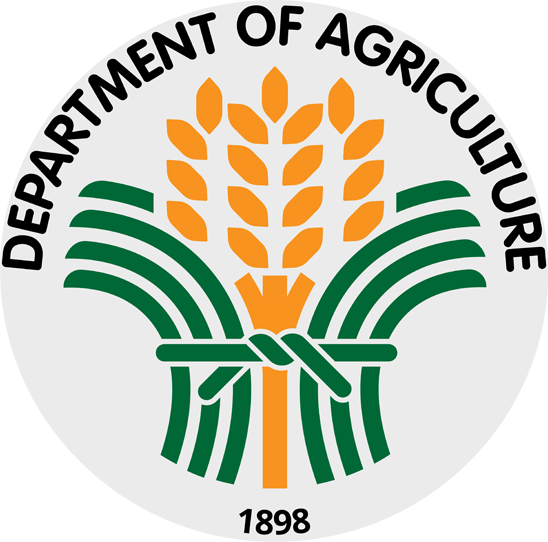Zamboanga Peninsula
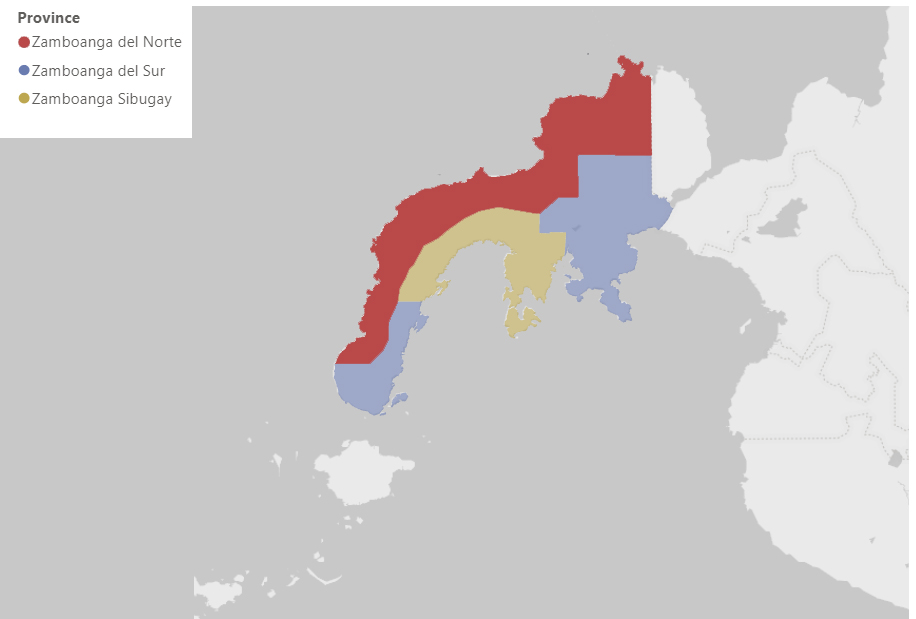
PROFILE
Zamboanga del Norte l Zamboanga del Sur l Zamboanga del Sibugay
--- ZAMBOANGA DEL NORTE ---
Physical Profile:
Zamboanga del Norte, the largest province of Zamboanga Peninsula or Region IX, has a total area of 730,100 hectares with 1,008,000 Household Population based on the PSA 2015. It is located at the north-western edge of Mindanao.
The province’s advantage is its good climatic condition. It has a mild and moderate climate due to evenly distributed rainfall throughout the year. Its southern portion has a longer dry season. The province is not within the typhoon belt.
The topographic condition of the province ranges from plain, slightly rolling, rolling to hilly to mountainous.
Zamboanga del Norte is subdivided into twenty-five (25) municipalities and two (2) component cities. These are further divided into 691 barangays, and clustered into three (3) congressional districts as seen in Table 1. Its capital is Dipolog City.
The main dialect spoken is Cebuano. Chavacano, English, and Tagalog are also spoken, indicative of a high level of literacy. The original and native Subanon dialect lives on, especially in the highlands
Agricultural Profile:
According to the 2012 Census of Agriculture and Fisheries of PSA, the total land area of the Zamboanga Peninsula amounts to 1,1705,000ha. In which, 443,300ha or 26% of the total land area is intended for agricultural use, 8% of it falls under arable land (lands/parcels under temporary crops, temporary meadows and pastures, and temporarily fallow) and the remaining 18% falls under permanent crops, permanent meadows and pastures. Furthermore, there are about 267,000 farm parcels in the region with 445,000 ha area in total. Based on the 2018 data of PSA, coconut, rice and banana are its major crops.
Included also in the report of PSA last 2018, the province also ranked second in terms of production of coconut, and mango carabao. The province also ranked third in the production of rambutan, fifth in kangkong and rubber, and sixth in cacao. Other major agricultural products are lanzones and mangosteen.
For the poultry sector, it can be seen that the province’s focus is on the production of native/improved chicken. The PSA recorded that the province has produced 36,476 heads of chicken and 314 heads of duck for the year 2019. On the other hand, for the livestock sector, the province’s focus is on swine production. For the year 2019, the province had produced a total of 23,959 heads of swine.
AGRICULTURAL PRODUCTION ACCOUNTS
Source: Philippine Statistics Authority
B. Value of Production in Agriculture at Current Prices, Zamboanga Peninsula, 2018 to 2020
C. Percentage Distribution of Value of Production in Agriculture, Zamboanga Peninsula, 2018 to 2020
D. Volume of Production in Agriculture, Zamboanga Peninsula, 2018 to 2020
E. Average Farmgate Prices in Agriculture, Zamboanga Peninsula, 2018 to 2020


